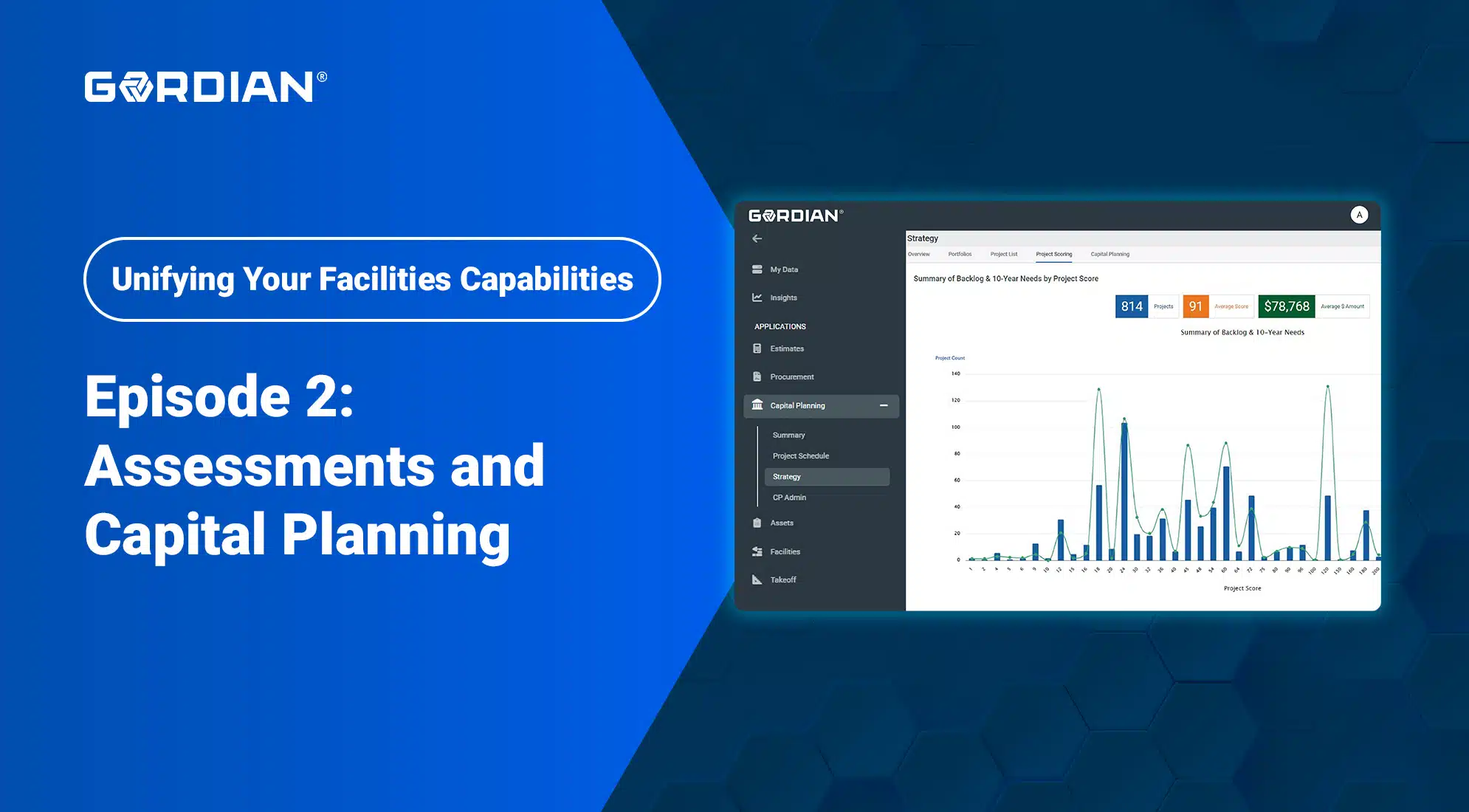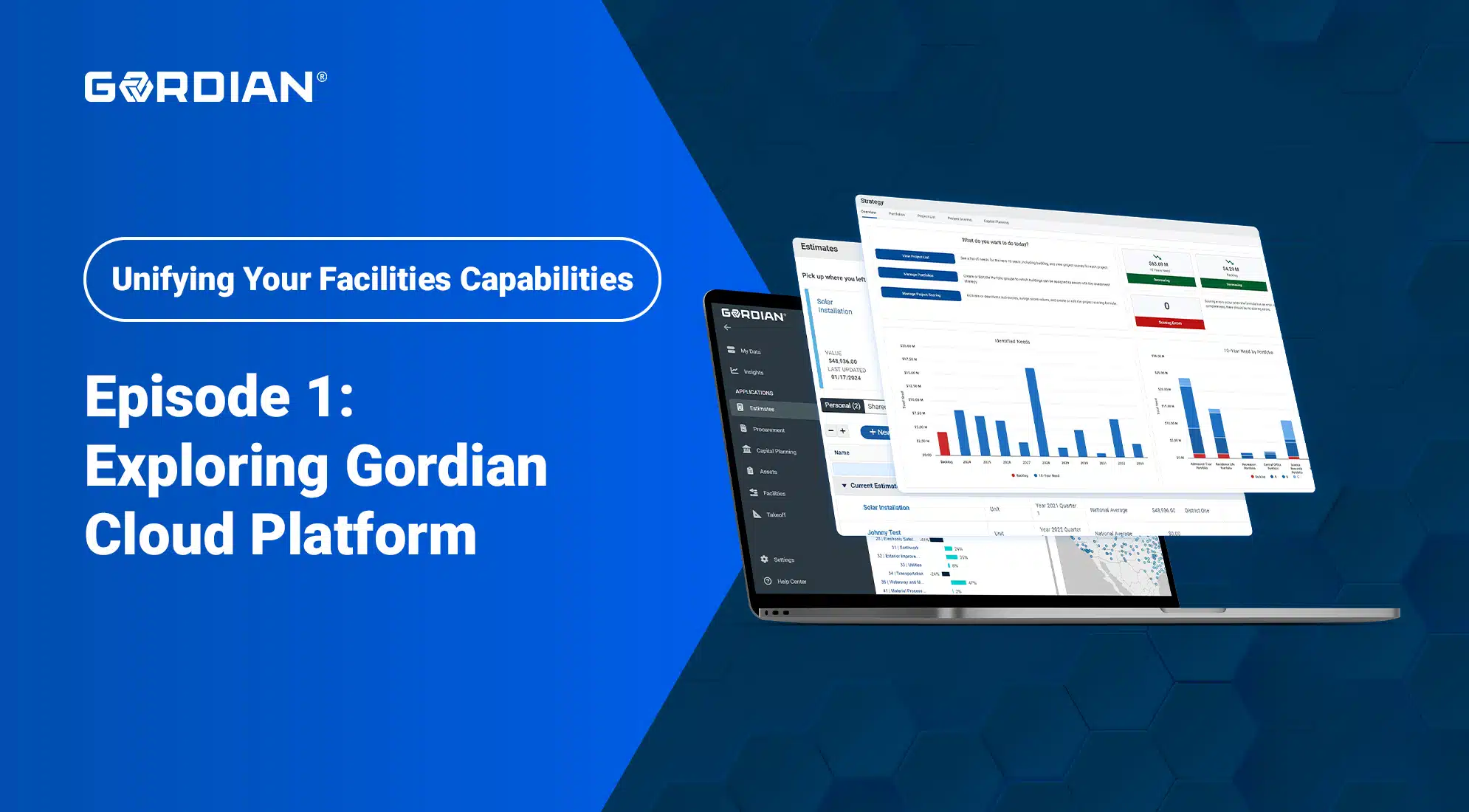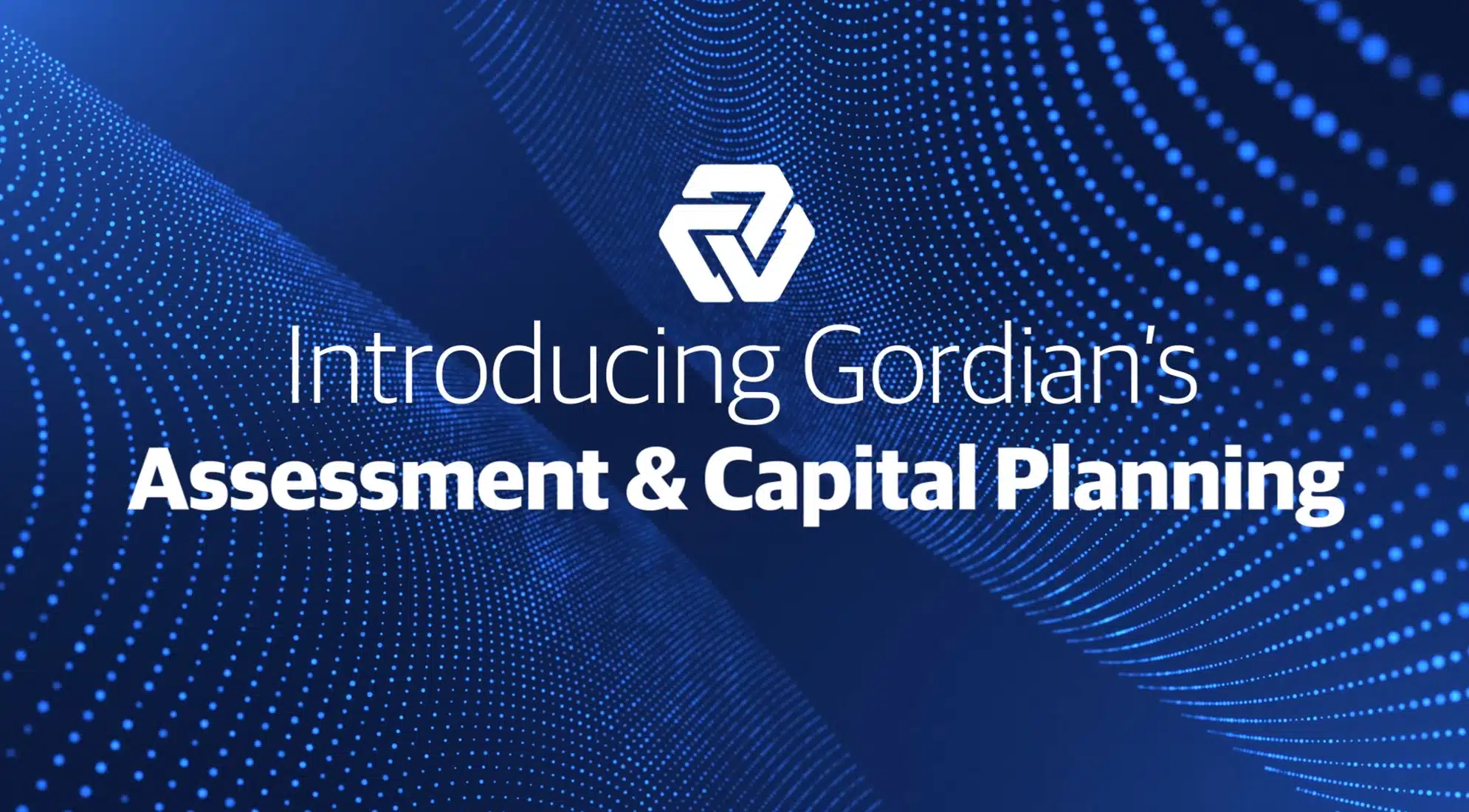
Unifying Your Facilities Capabilities Episode 2: Assessments and Capital Planning
October 29, 2024
Watch this immersive and interactive deep dive into an array of new capital planning tools designed to meet you where you are in your deployment of facilities data, simplify the assessment and planning process and elevate facilities stewardship to a strategic cornerstone of your organization. You won’t want to miss this exploration of emerging capital planning best practices, practical application techniques and ways you can be more decisive in planning, prioritizing and advancing your facilities investments.
Bridge the gap from where you are to where you aspire to be and transform foundational practices into peak strategic execution today!
Speakers


Share this:





